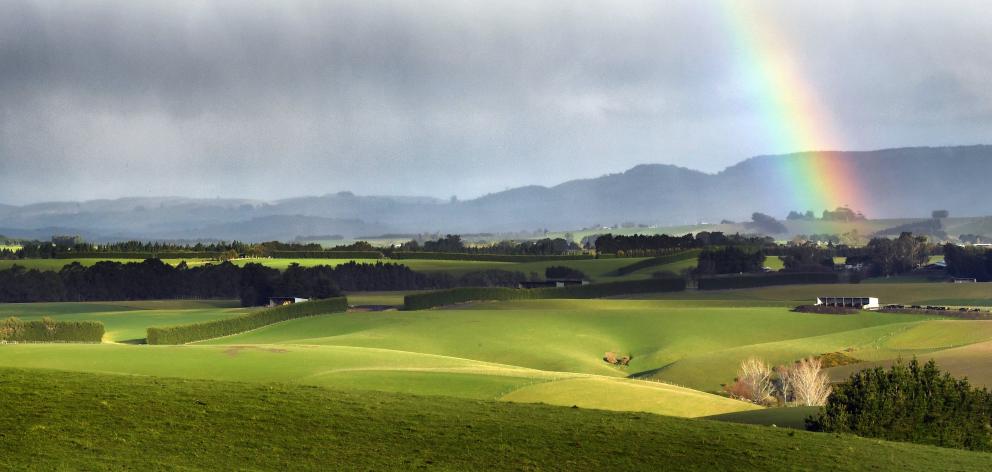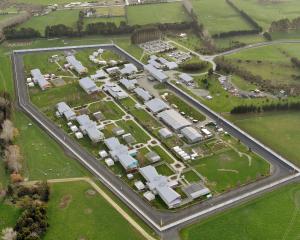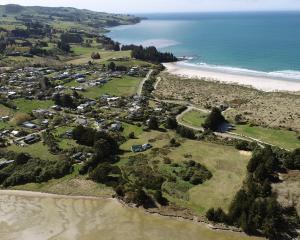
Niwa National Climate Centre forecasting principal scientist Chris Brandolino said strong lows would occasionally impact the western and lower South Island, delivering heavy rainfall and a risk of flooding in mid to late December.
But at the same time, southerners should also have an increased awareness around the risk of dry spells, which may contribute to water restrictions, particularly in areas that may not have had them in recent years, he said.
El Nino continued during November and there was about a 100% chance of it persisting through summer and about an 85% chance of persisting through autumn, Mr Brandolino said.
"Although it will have an important influence on New Zealand’s climate, unusual ocean heat in the western equatorial Pacific and on a global scale has contributed to circulation patterns that are not typically associated with a traditional El Nino."
Summer air pressure was forecast to be above normal north of New Zealand and below normal to the south of the country, he said.
"This is expected to cause more northwesterly quarter winds than normal across the country for the season as a whole.
"However, the effect of a non-traditional El Nino will likely encourage increased variability in circulation patterns and air flows as compared to historical El Nino summers."
On the West Coast, the Southern Alps and foothills, inland Otago and Southland, temperatures were equally likely to be above average or near average, and seasonal wind speeds were also expected to be stronger than normal.
Rainfall totals were about equally likely to be near normal or above normal, and strong lows would occasionally bring heavy rainfall and a risk of flooding in the areas.
Soil moisture levels and river flows were about equally likely to be near normal or above normal.
In coastal Canterbury, the nearby plains and coastal Otago, temperatures were most likely to be above average, and "highly variable" temperatures were likely in early December before a possible warming trend thereafter, he said.
Rainfall totals were about equally likely to be near normal or below normal, and an increased frequency of northwest winds may lead to longer dry spells.
"As of late November, fire danger was low across the country.
"Variable fire danger conditions are expected in December, so property owners are encouraged to keep on top of grass growth, as grass may dry out and become a wildfire fuel source.
"However, periodic wetter-than-normal conditions may also occur when rain bands spill over the main divide or during strong southerly changes."
Soil moisture levels and river flows were about equally likely to be near normal or below normal.
Coastal sea surface temperatures ranged from 0.42˚C to 0.62˚C above average during November, so localised marine heatwaves may form in the months ahead, he said.












